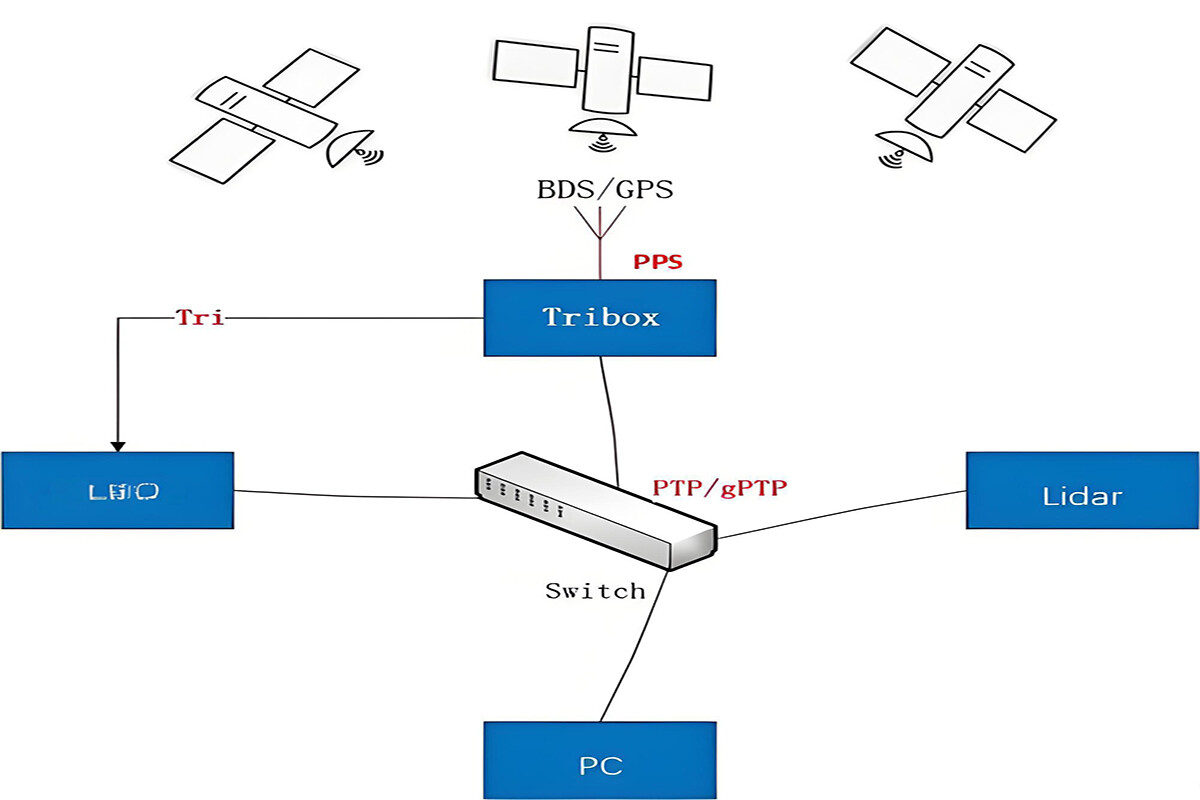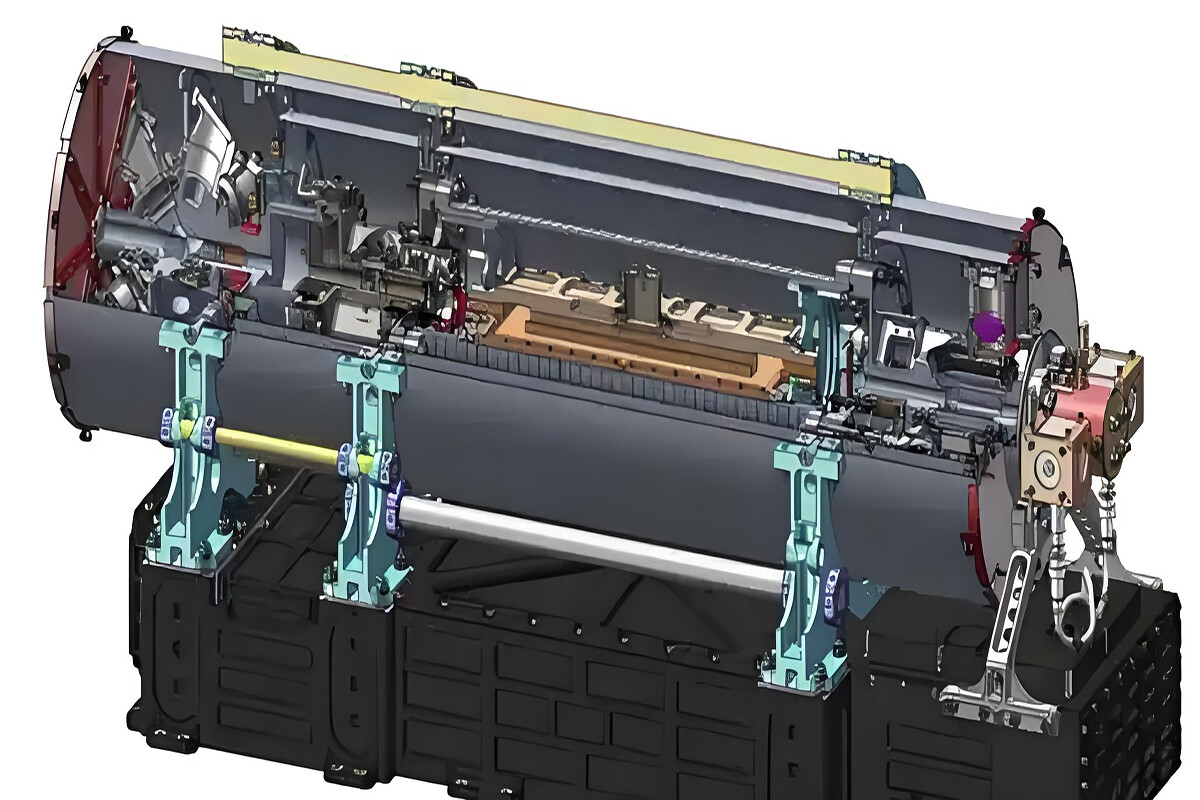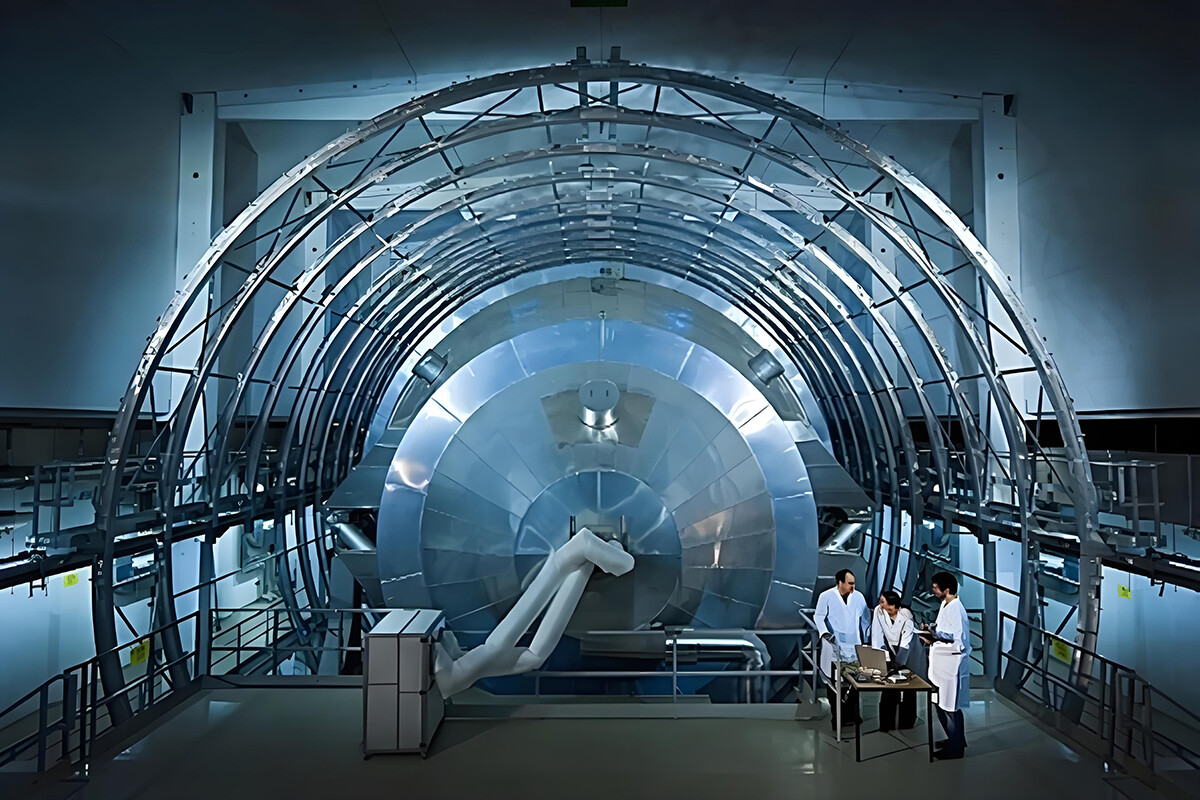I. Core Principles: Atomic Energy Level Transitions and Frequency Locking
- Energy Level Transition Mechanism
The rubidium atomic clock is based on the transitions between the hyperfine energy levels of the ground state of rubidium atoms (Rb). Its inherent frequency is 6834.682614 MHz. When electrons transition between different energy levels, they will absorb or release electromagnetic waves of specific frequencies. This frequency has extremely high stability and becomes a natural benchmark for time measurement. - Optical Pumping and Microwave Resonance
- Optical Pumping: The rubidium atom group is excited by a laser field, causing electrons to jump from low energy levels to high energy levels to achieve atomic state selection. When all the atoms have completed the transition, the energy of the laser field tends to stabilize.
- Microwave Modulation: A microwave field is applied and its frequency is adjusted. When it matches the transition frequency of the rubidium atoms, the electrons fall back to the initial energy level and reabsorb photons, resulting in a weakening of the laser light intensity. The transition frequency can be precisely locked by detecting the change in light intensity.
II. System Composition and Working Process
- Key Modules
- Rubidium Quantum Part: It contains a rubidium atom gas cell and a photodetector, which are used to generate and detect transition signals.
- Voltage-Controlled Crystal Oscillator (VCXO): Its output frequency is regulated by the error signal and finally locked to the atomic transition frequency.
- Servo Circuit and Phase-Locked Loop: They convert the atomic transition signal into an error signal, feed it back to adjust the crystal oscillator frequency, and form a closed-loop control.
- Signal Processing Flow
Atomic transition signal → Microwave frequency multiplication → Frequency modulation → Phase-locked loop → Crystal oscillator frequency correction.
III. Performance Characteristics and Comparison
- Advantages
- Short-Term Stability: It reaches the order of magnitude of 10⁻¹², which is suitable for scenarios requiring a quick response.
- Volume and Cost: It is smaller and more economical than the cesium clock, and has a short warm-up time.
- Limitations
- Long-Term Stability: The aging rate is approximately 2 × 10⁻¹⁰ per year, and it needs to be calibrated regularly.
- Compared with the cesium atomic clock, the long-term accuracy of the rubidium clock is slightly lower, but its performance can approach that of the cesium clock by increasing its volume.
IV. Technological Evolution and New Designs
- Chip-based CPT Rubidium Clock: It adopts the Coherent Population Trapping (CPT) technology and integrates microprocessor control to achieve higher integration and real-time calibration.
- Optical Clock: It may replace traditional atomic clocks in the future. Its theoretical error is only 1 second per 30 billion years, but it has not been widely used in satellite navigation at present.





